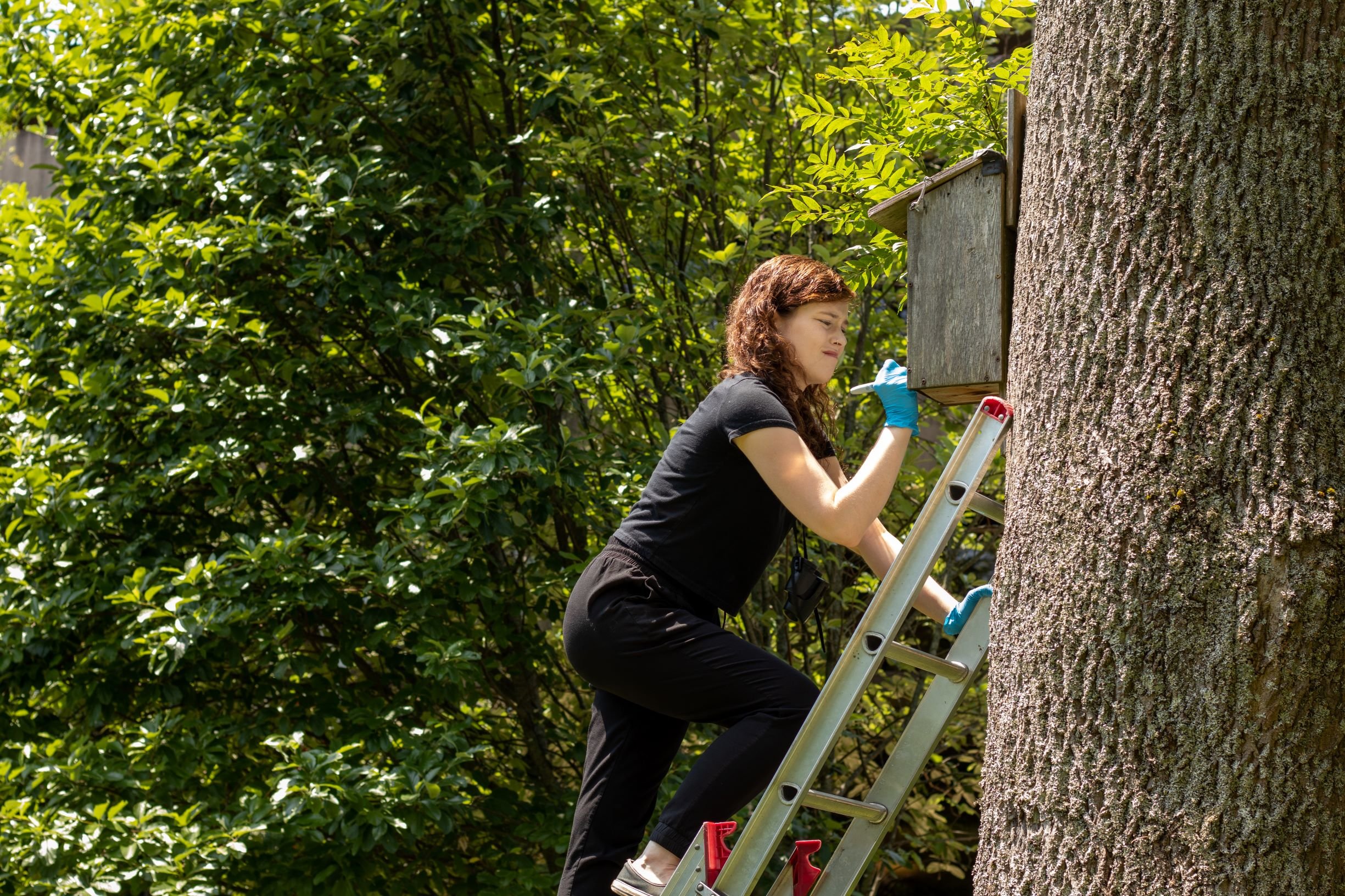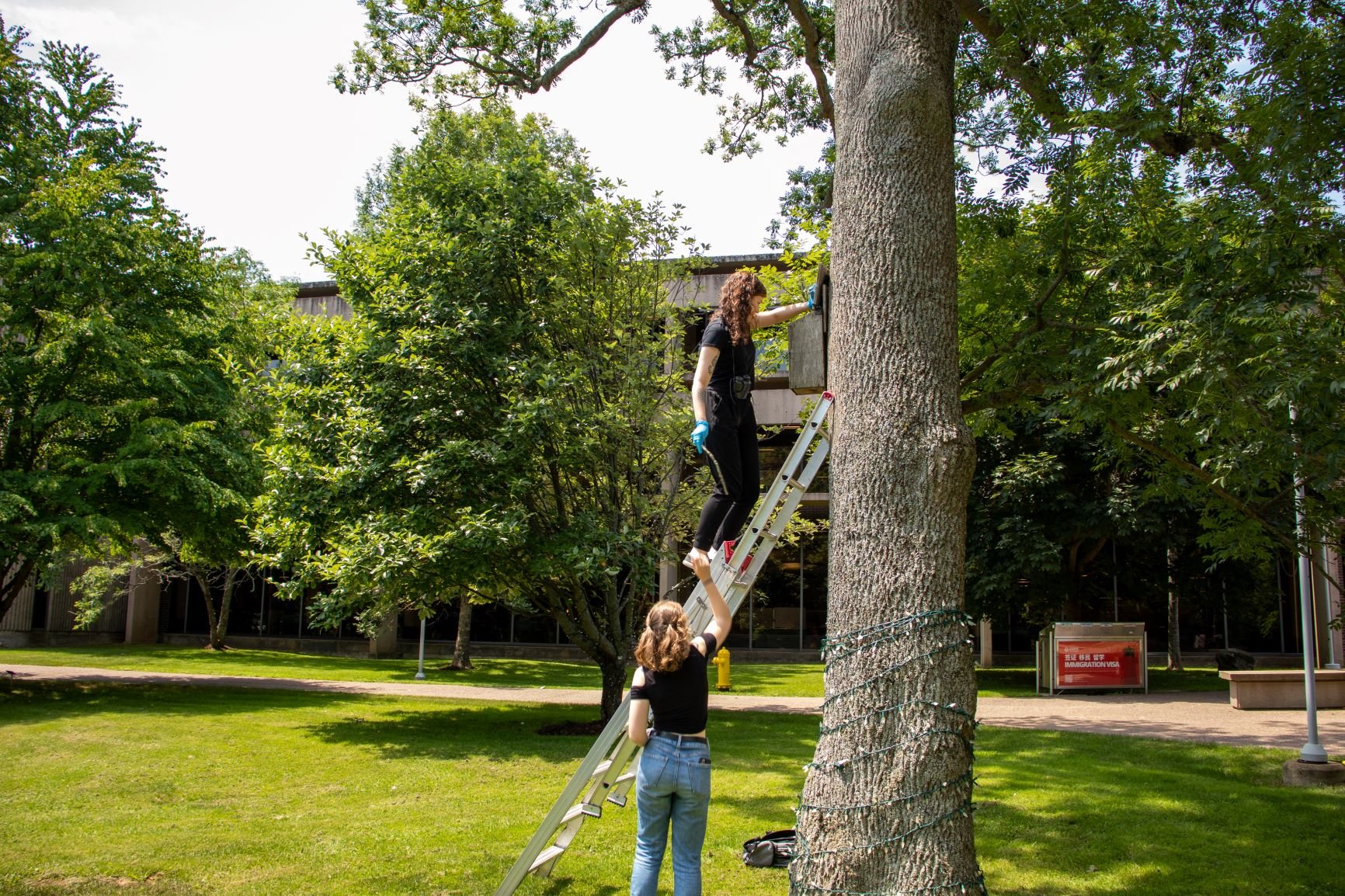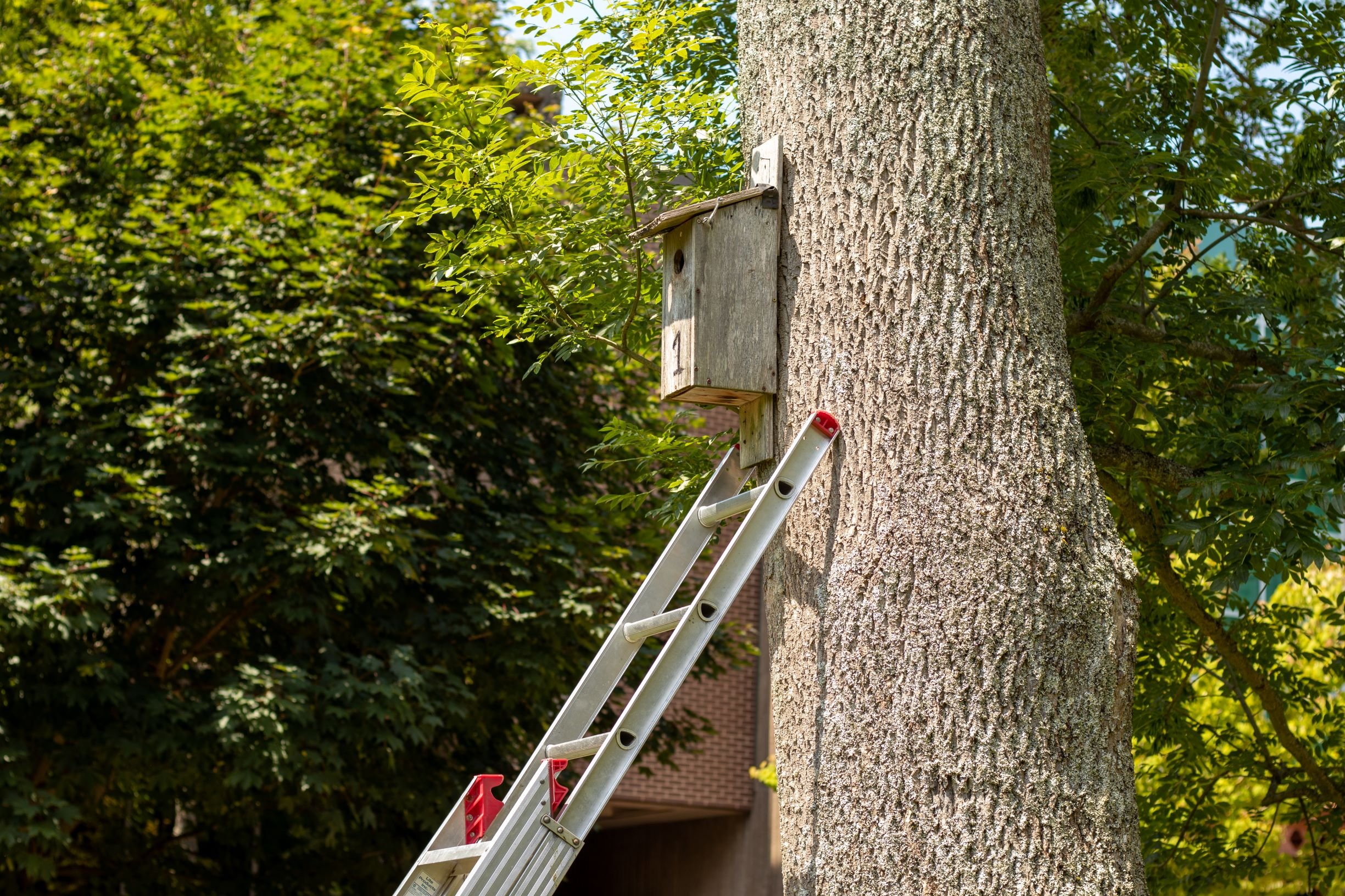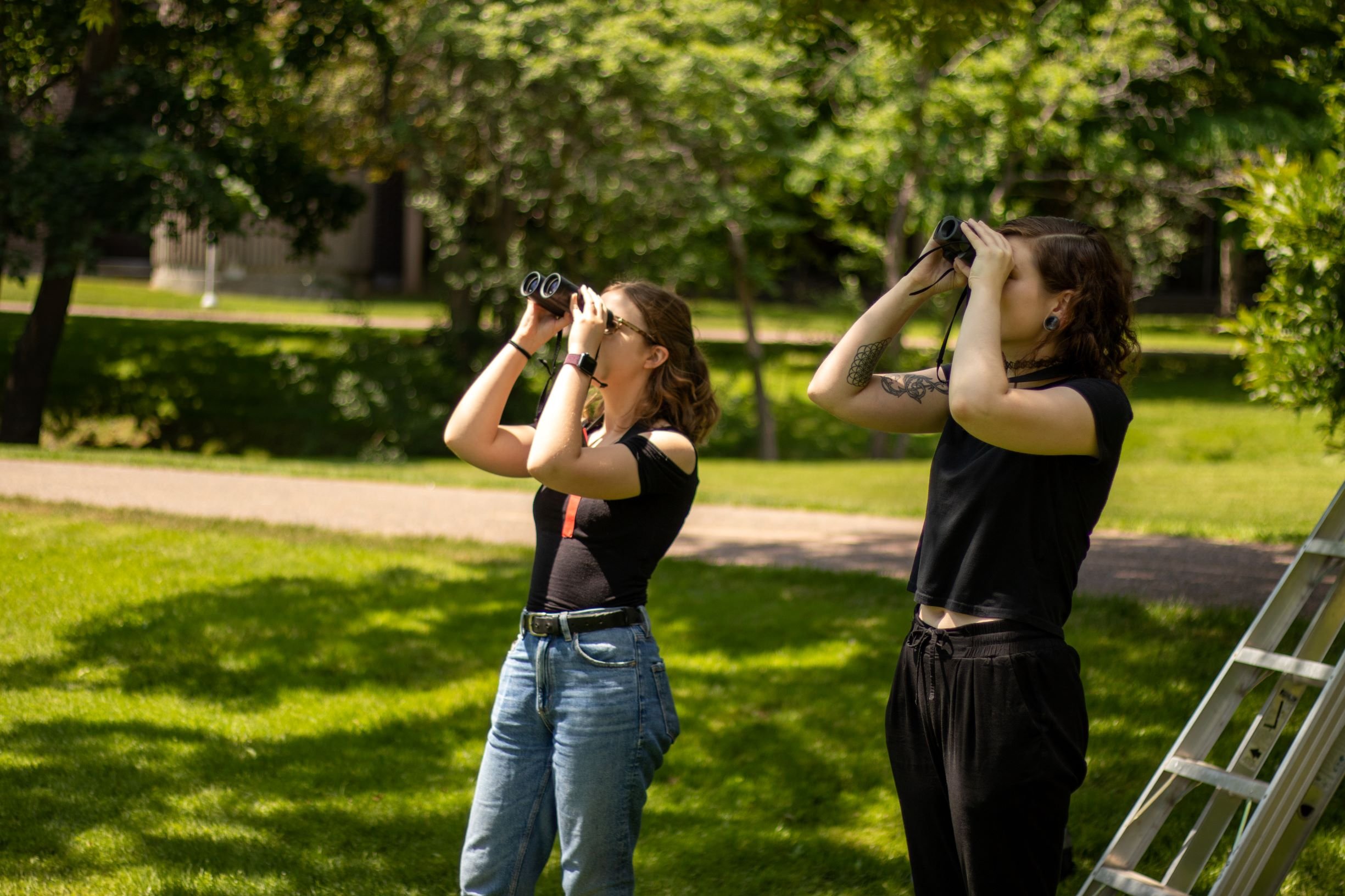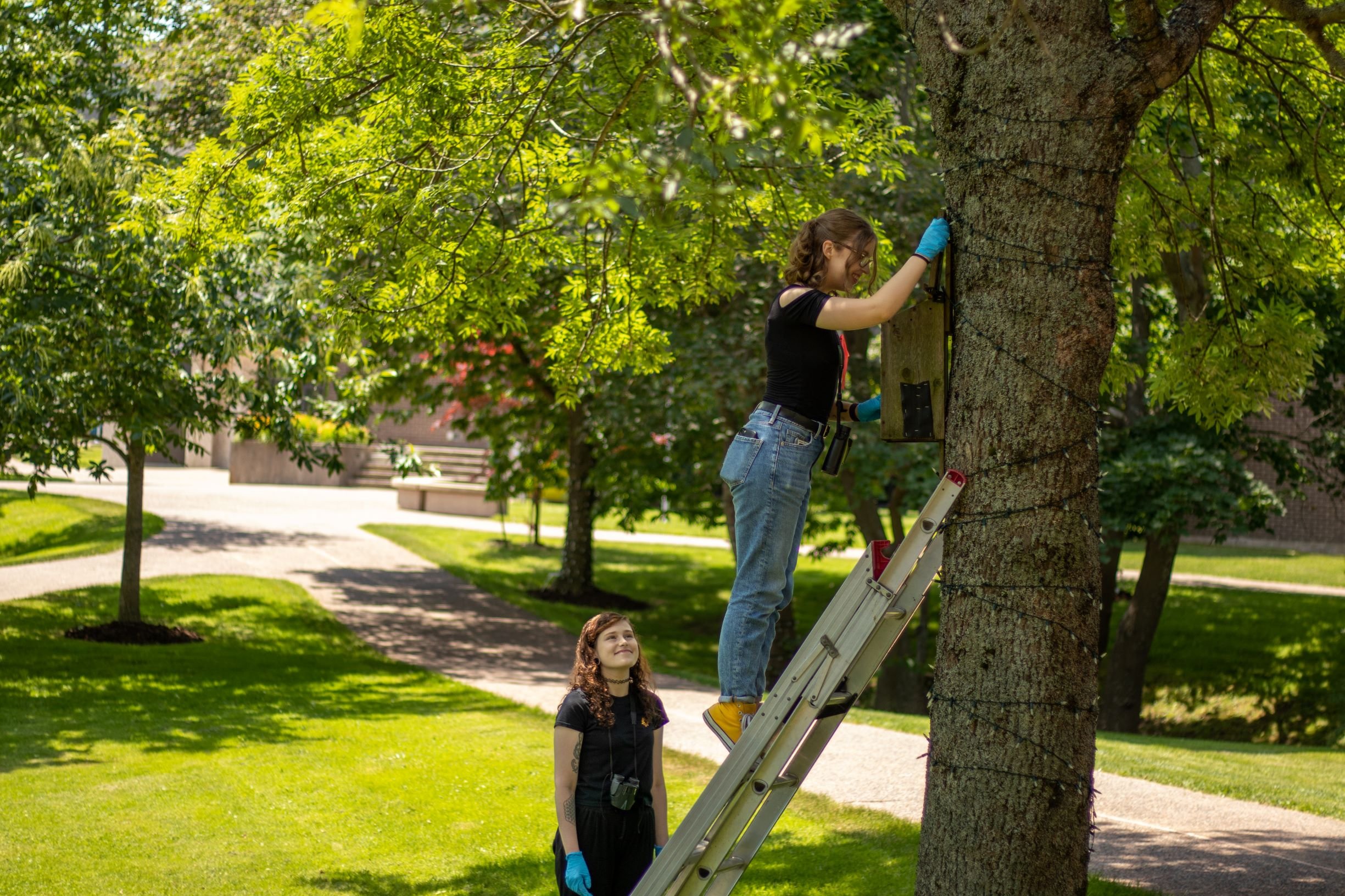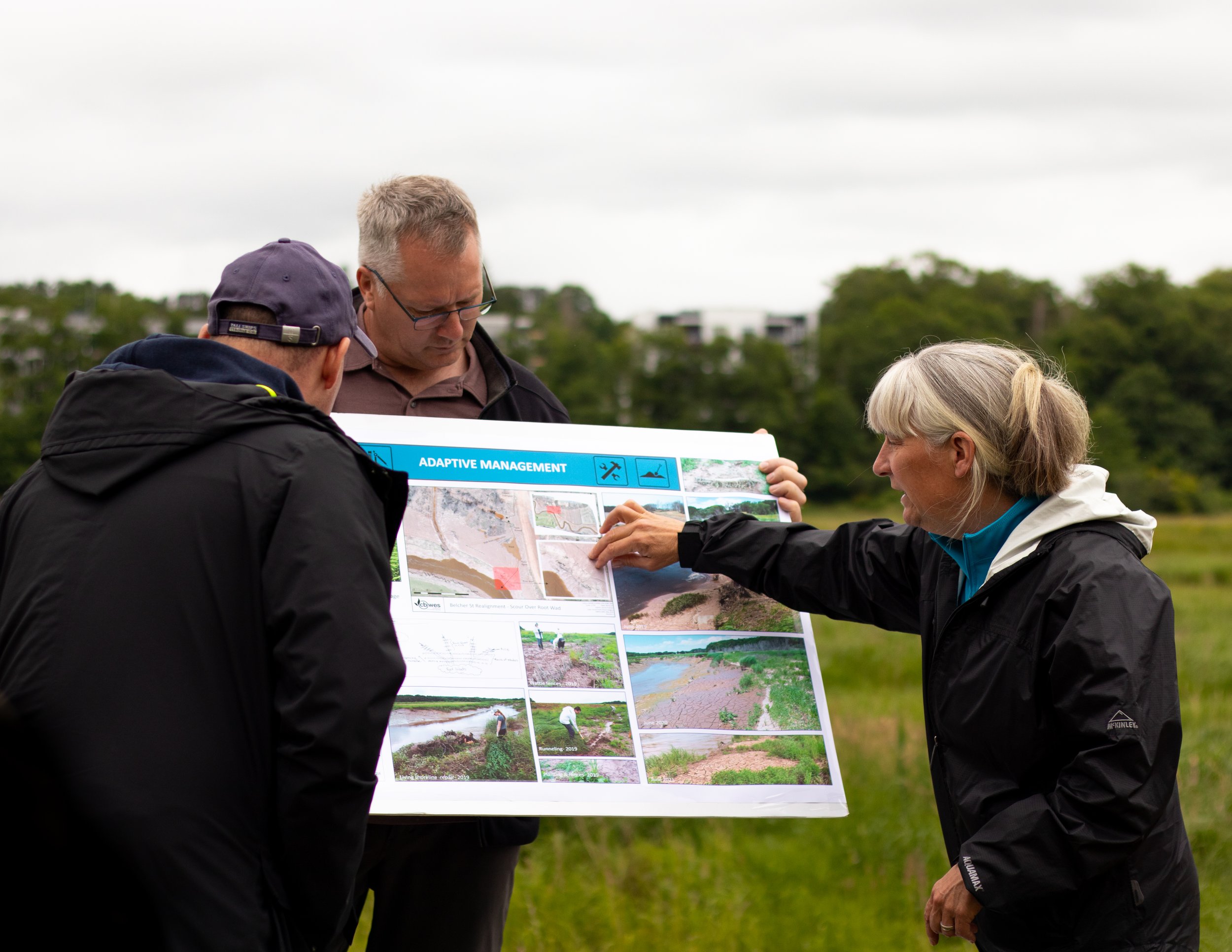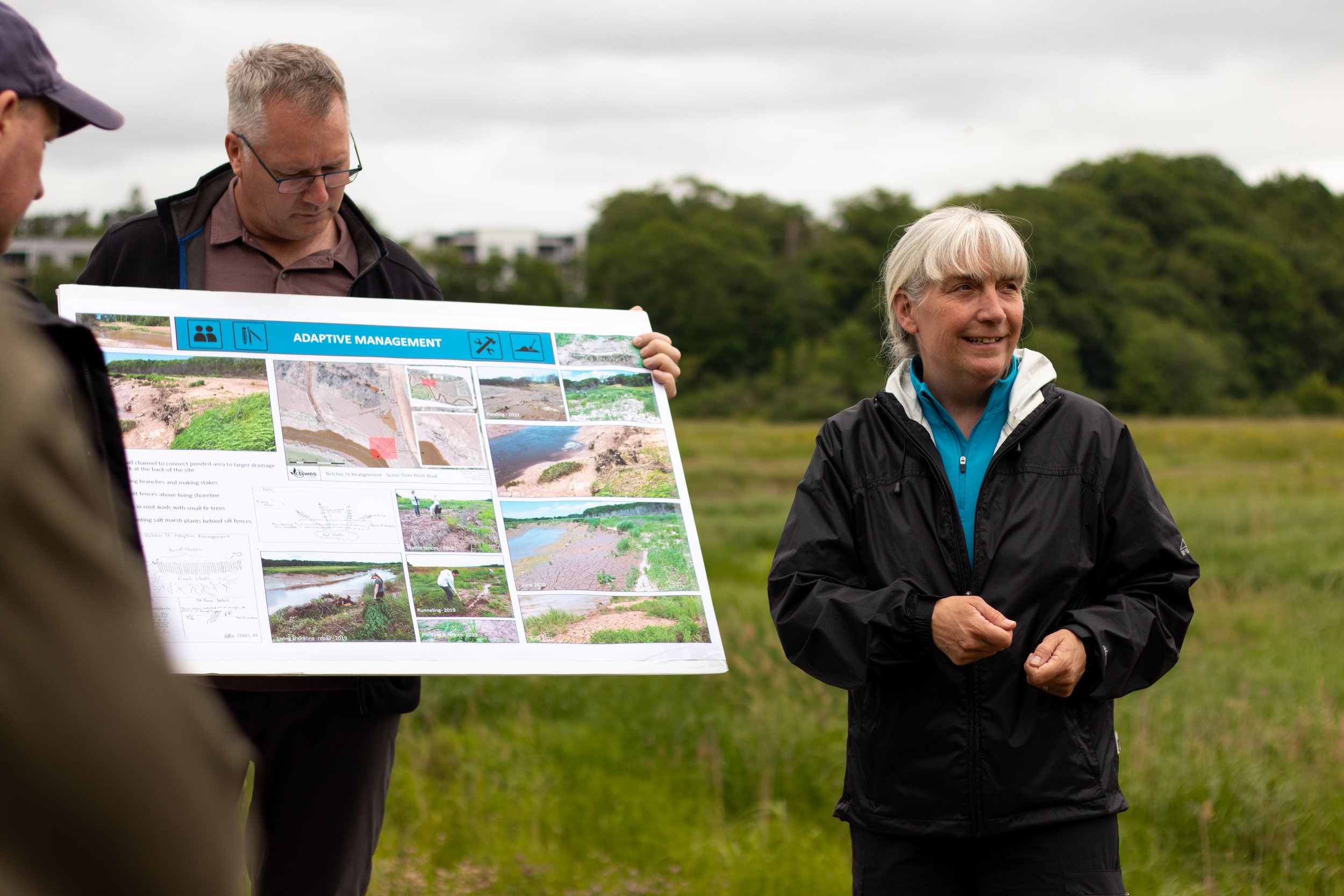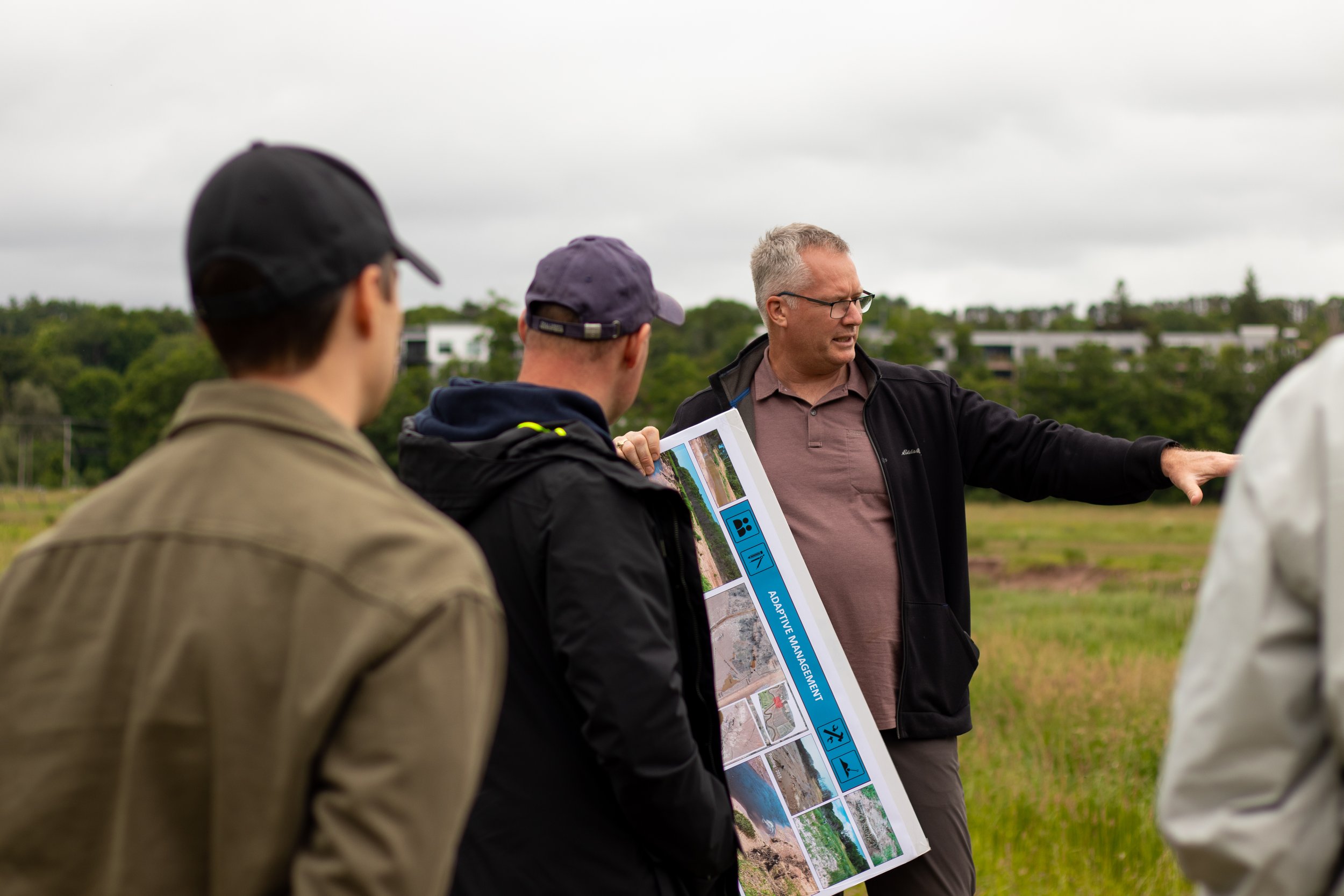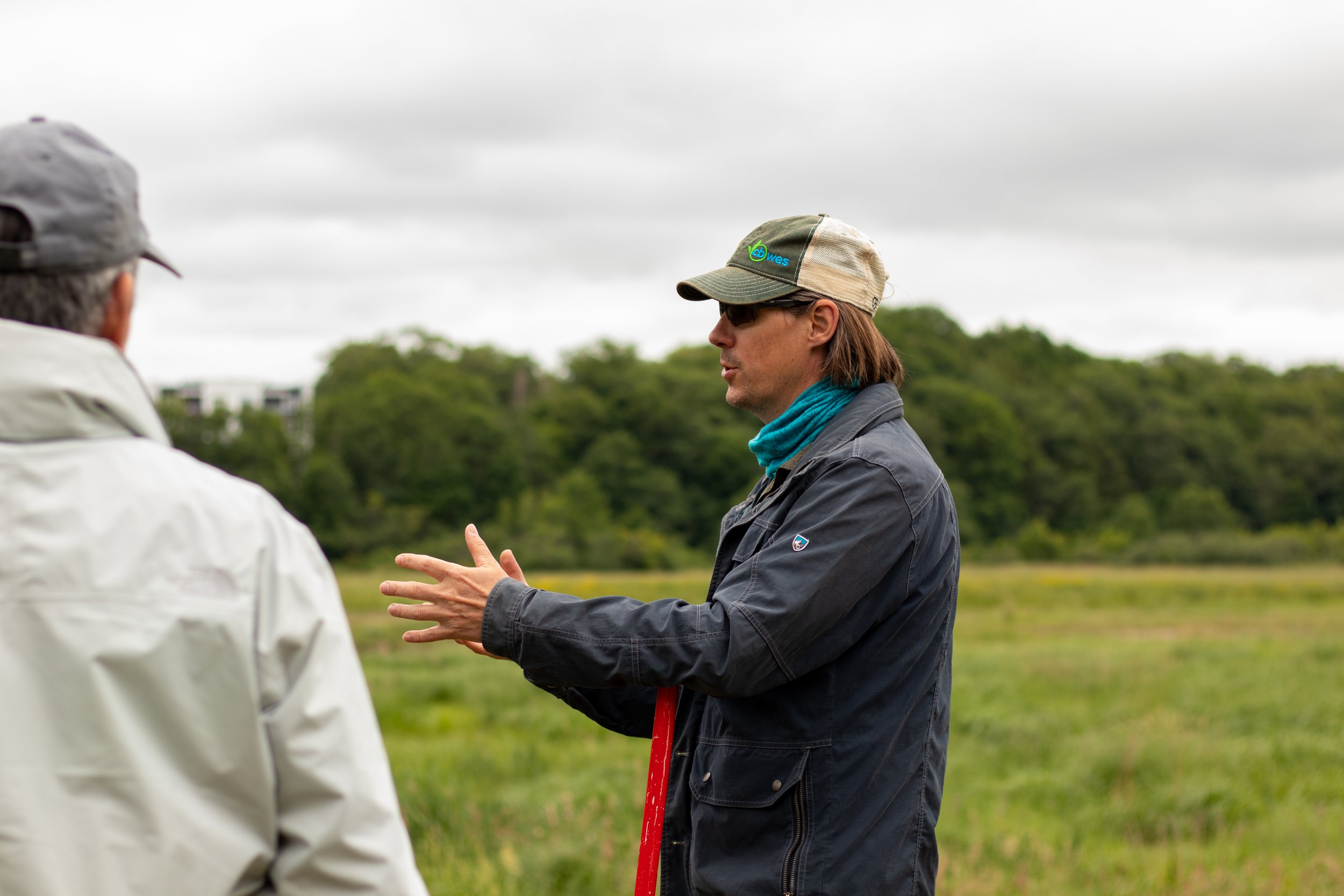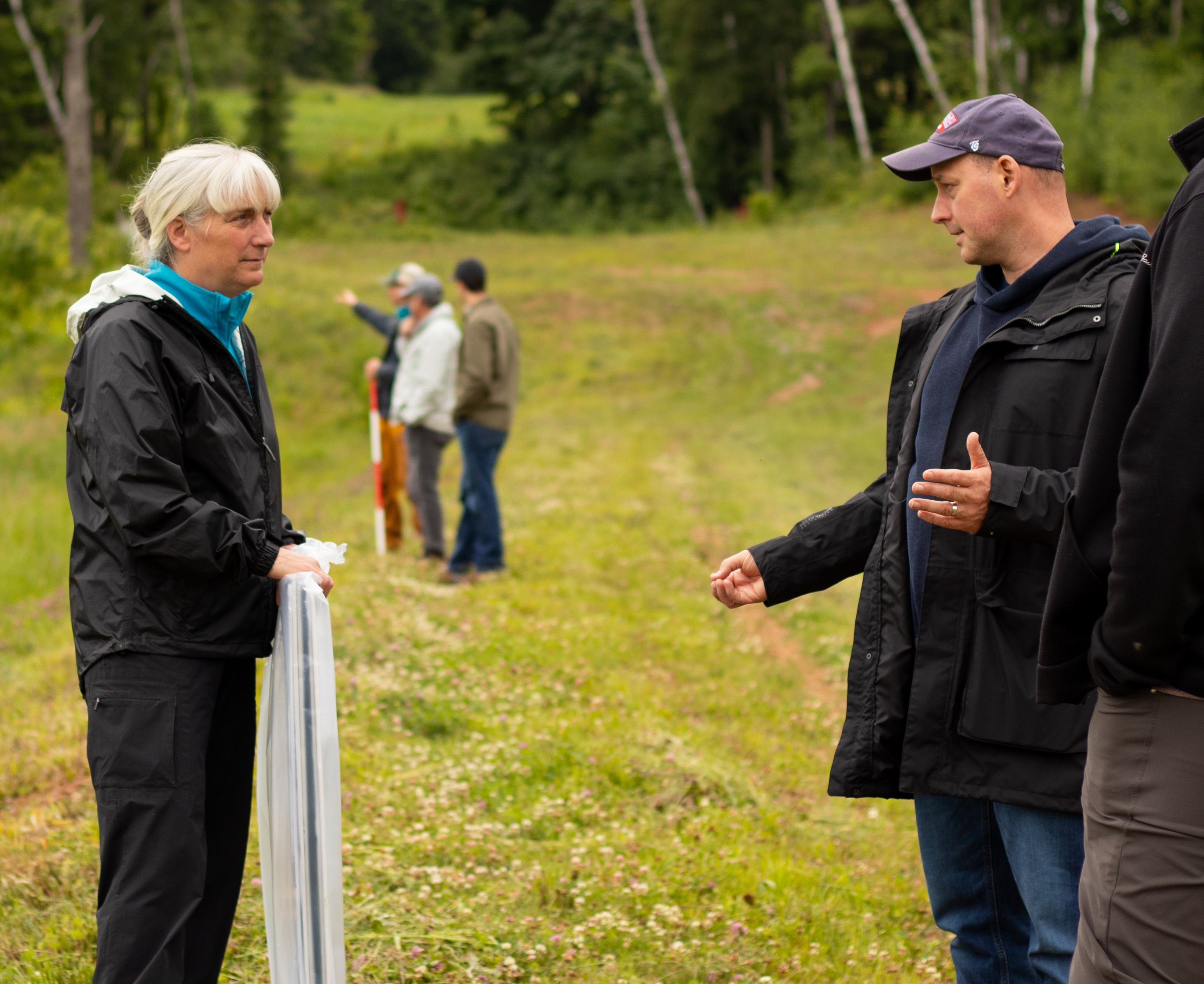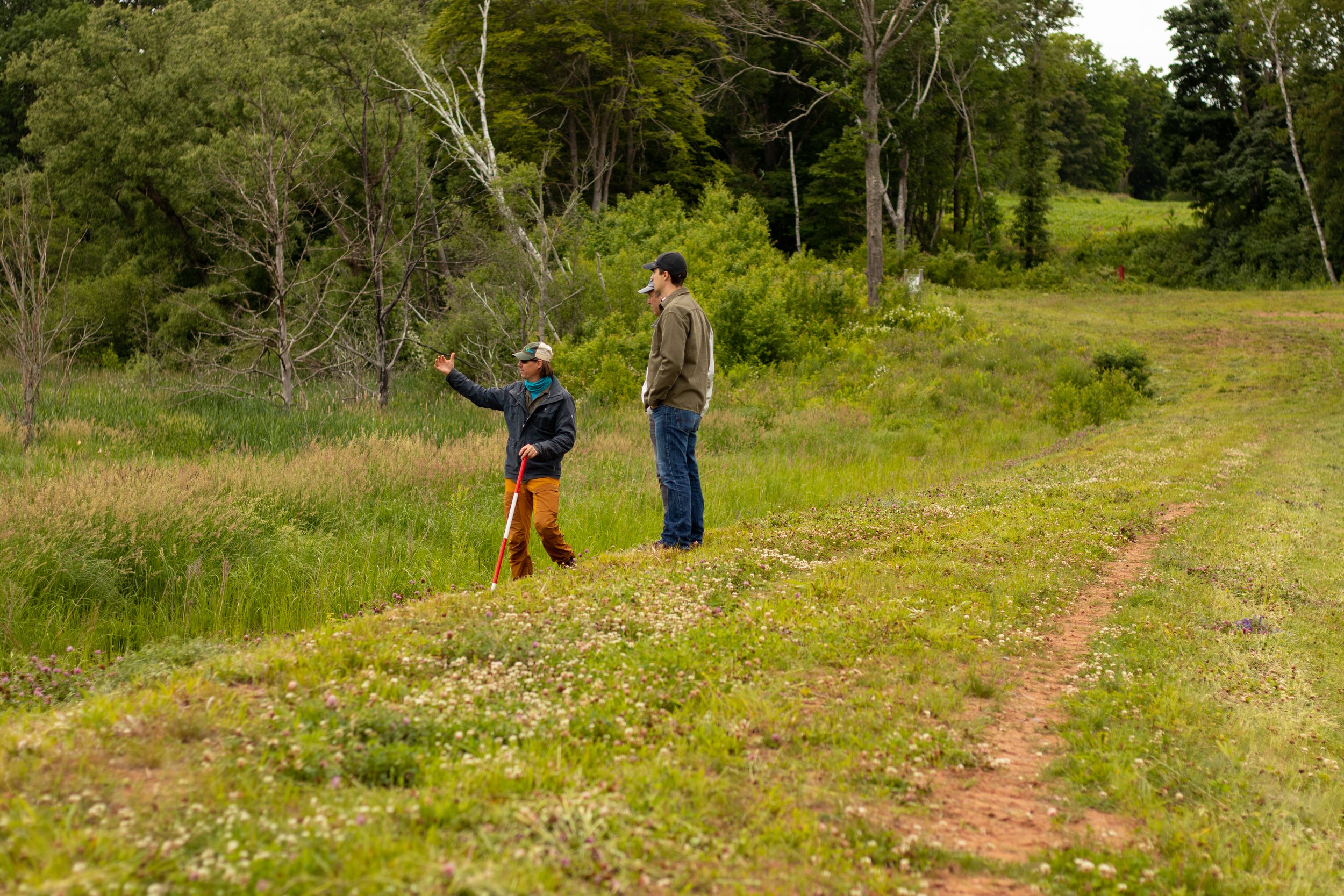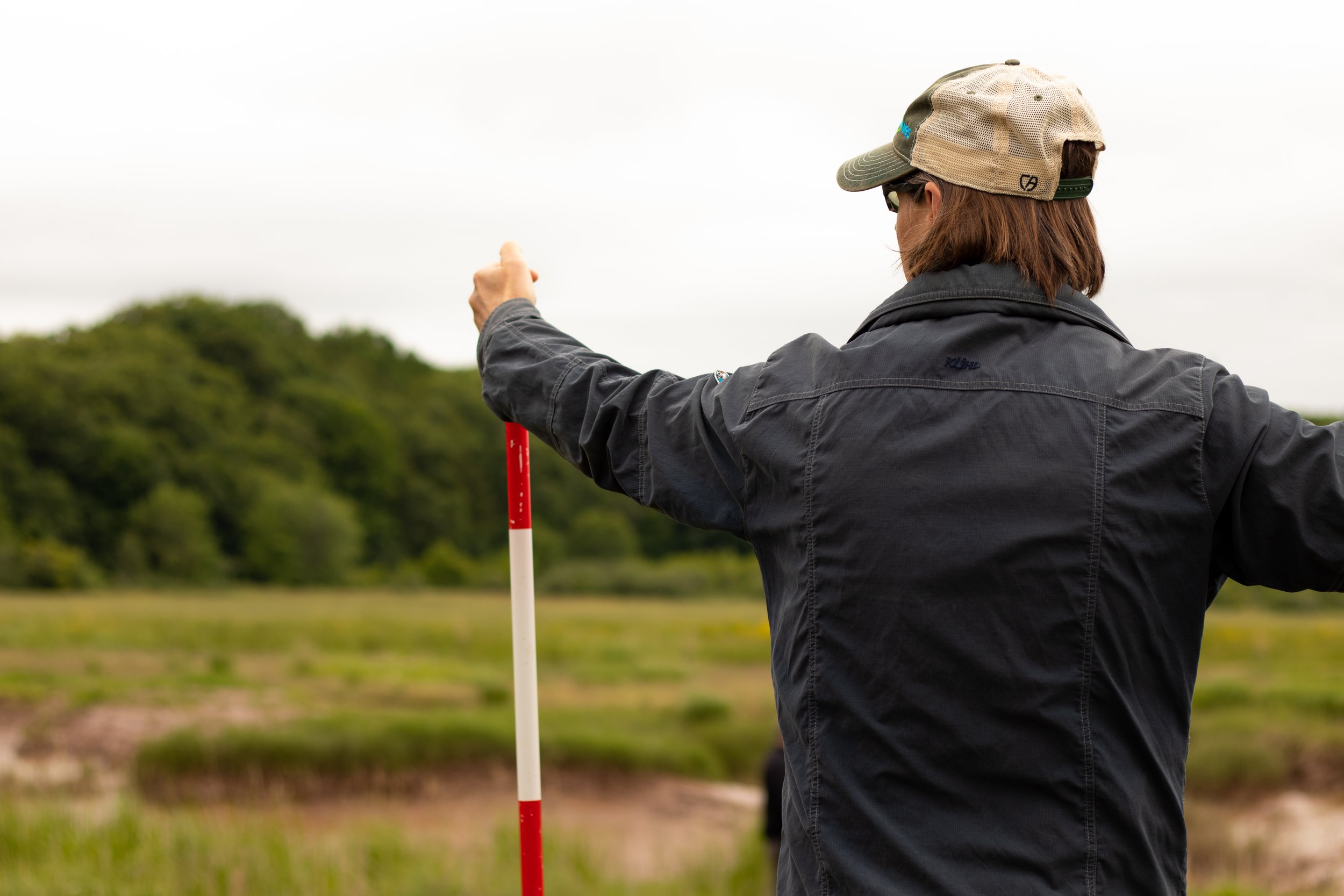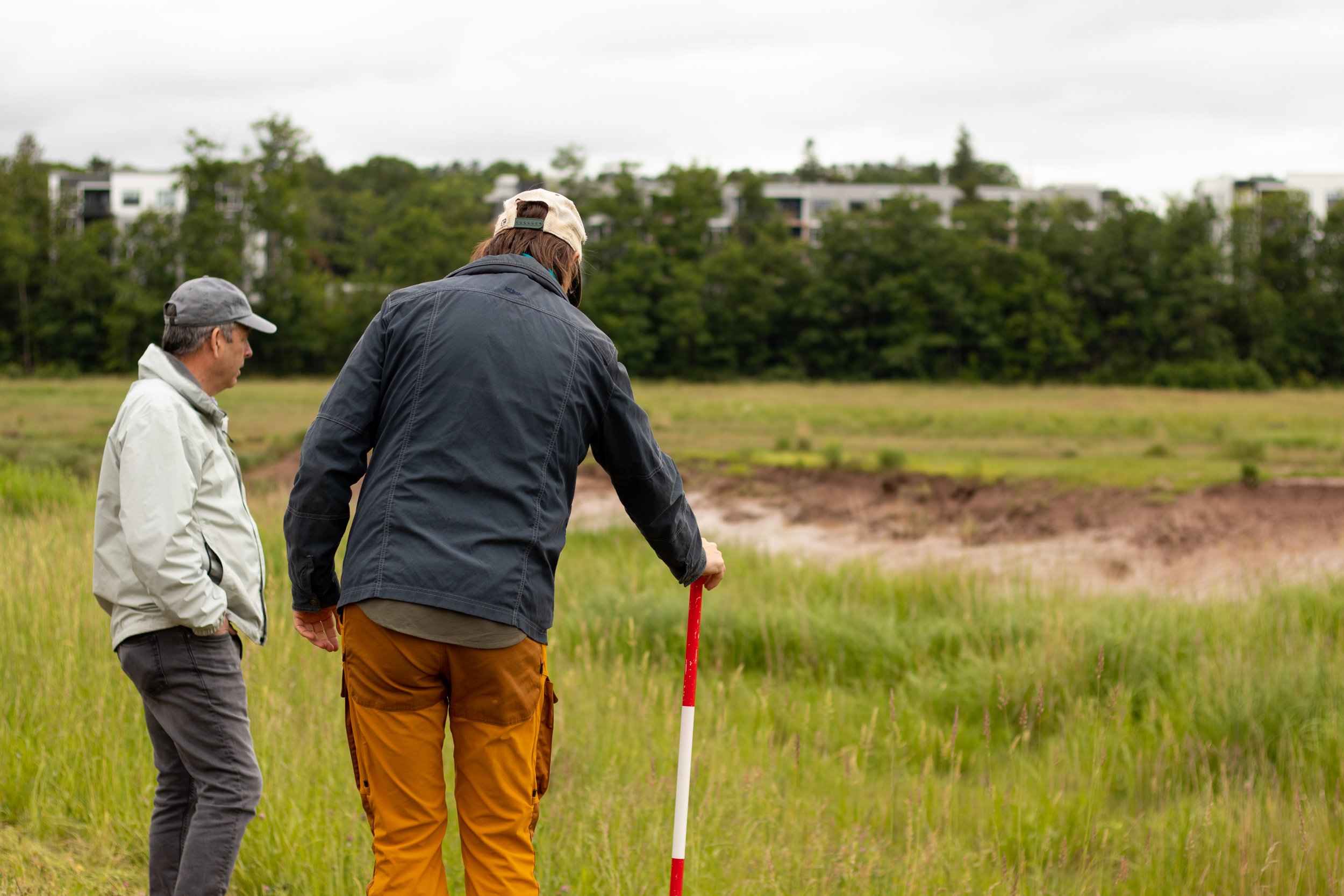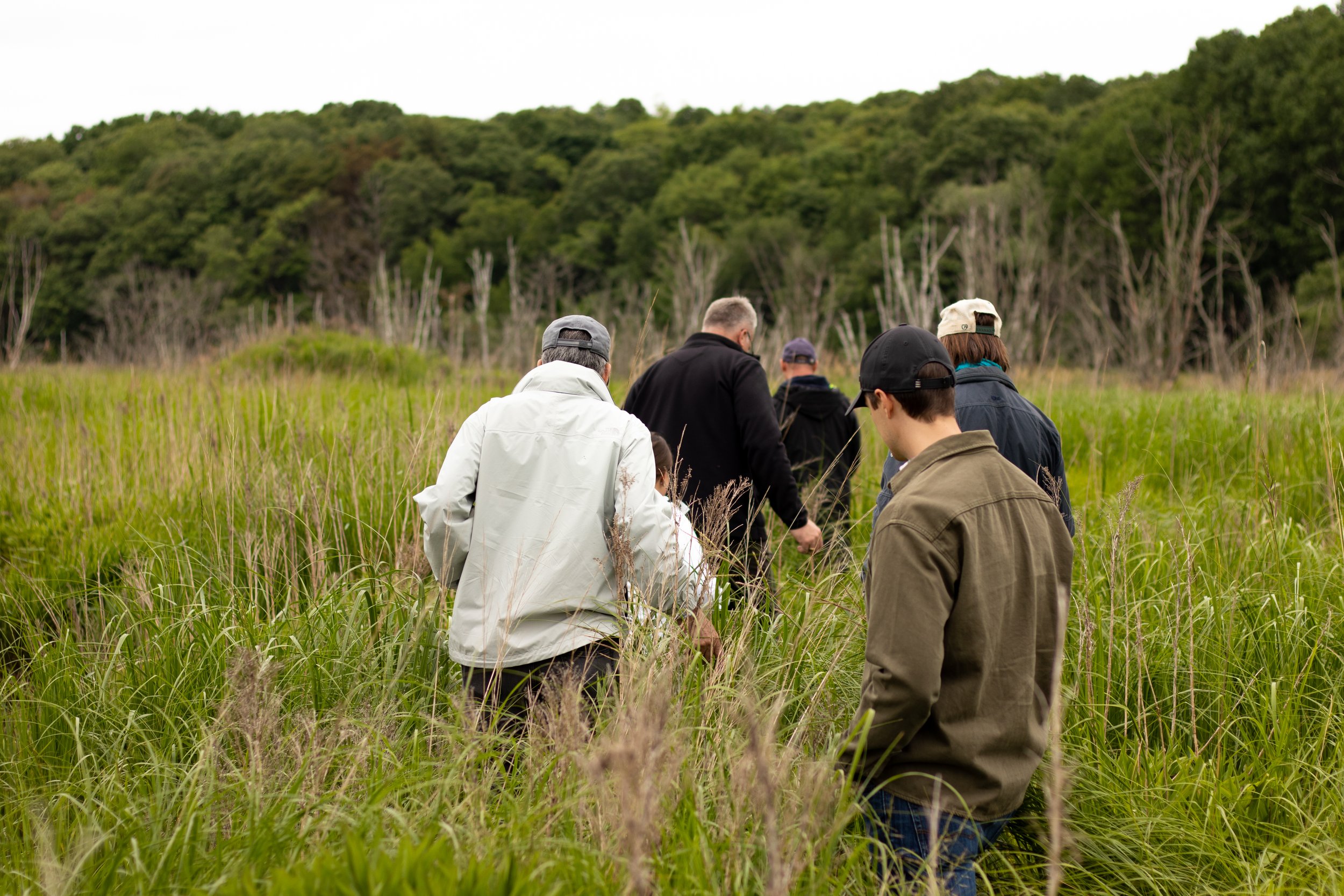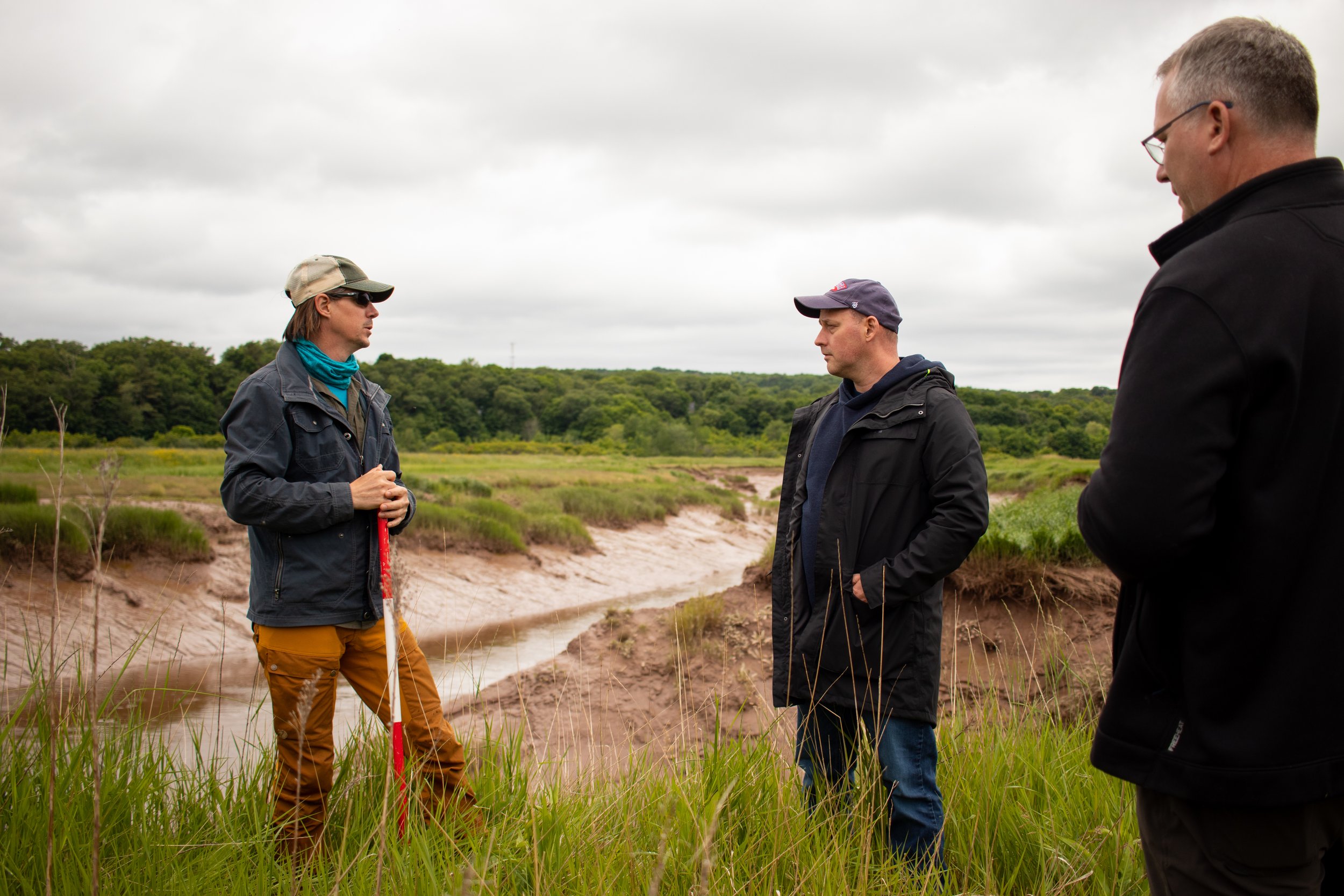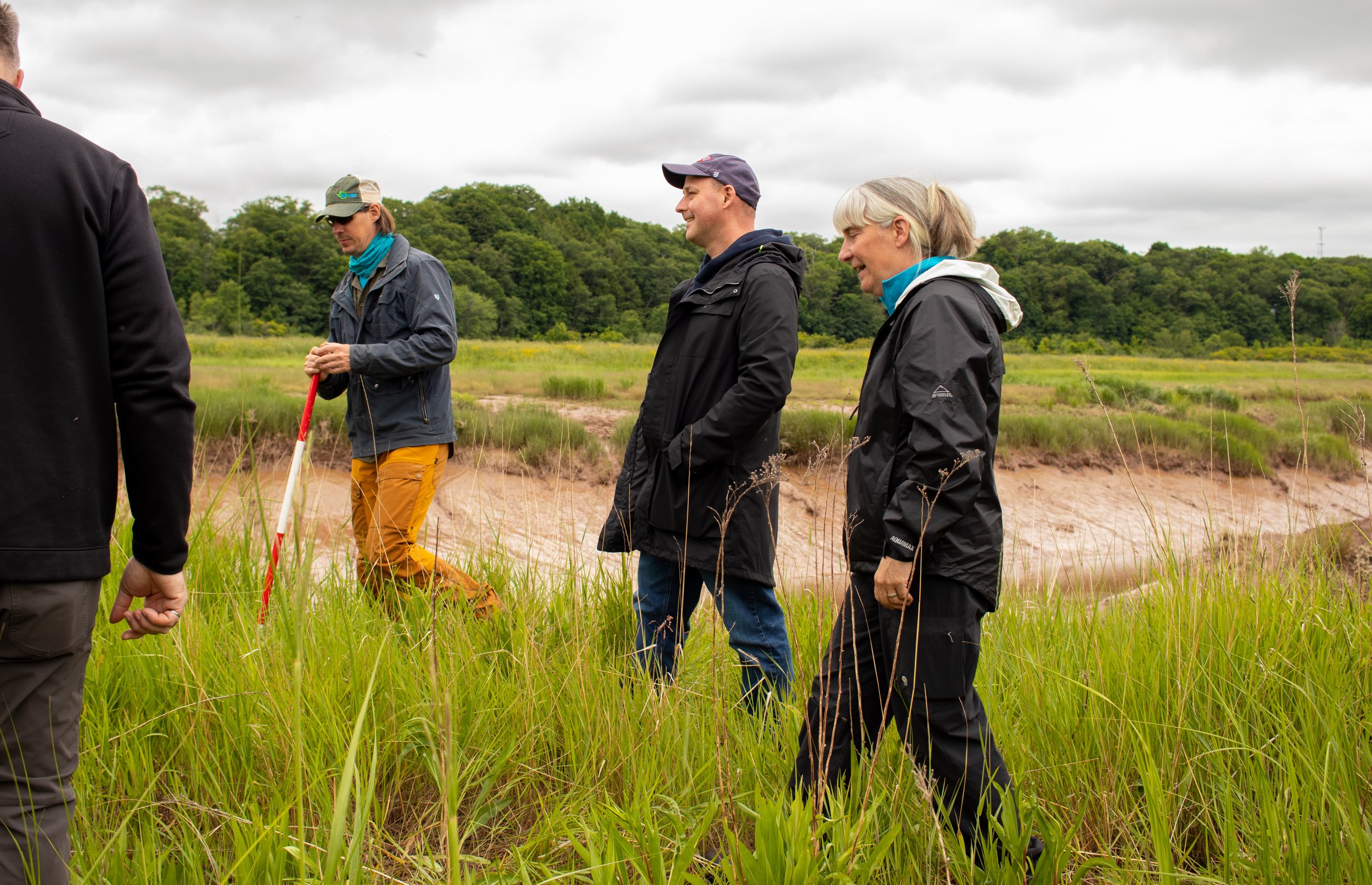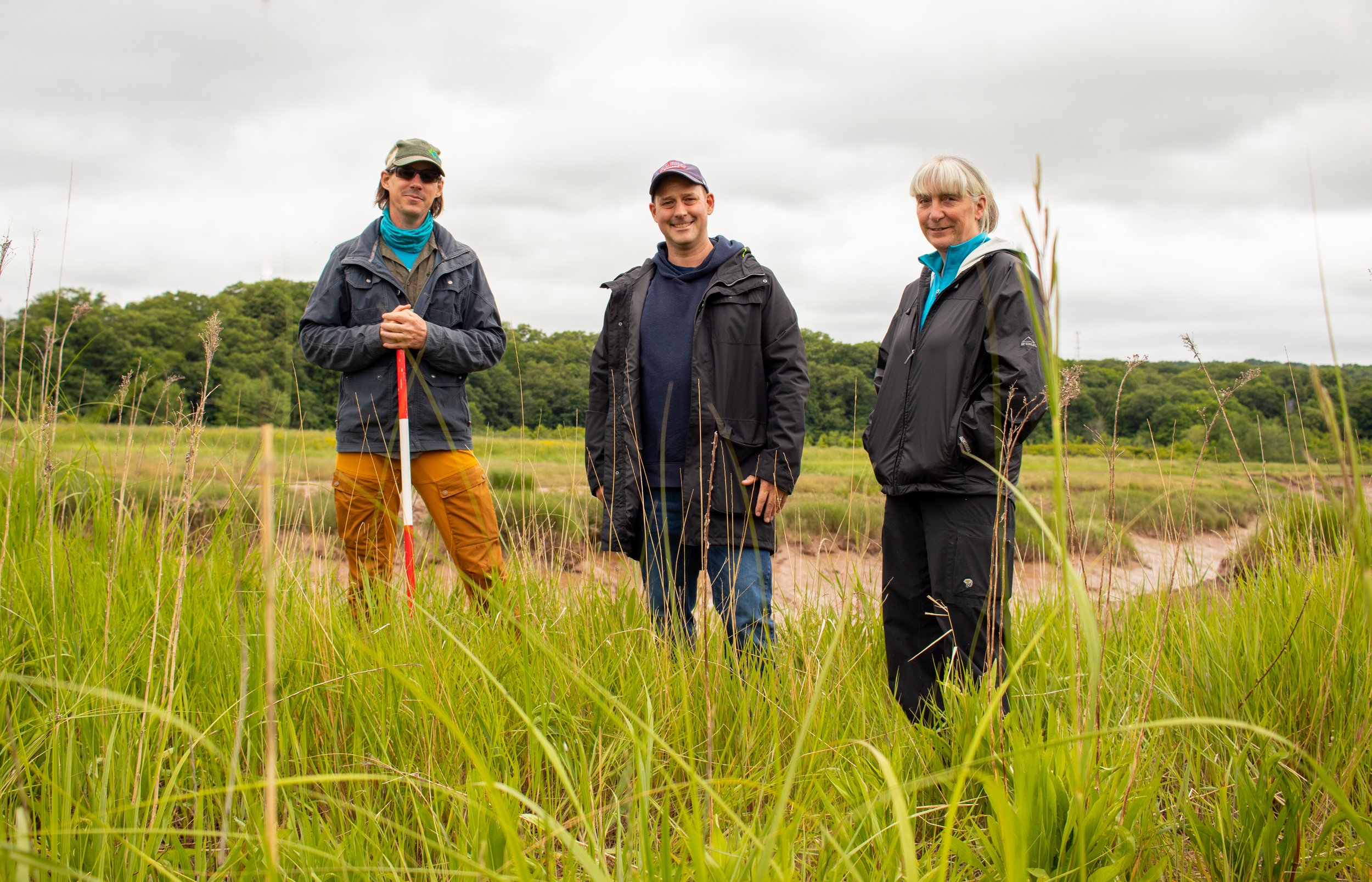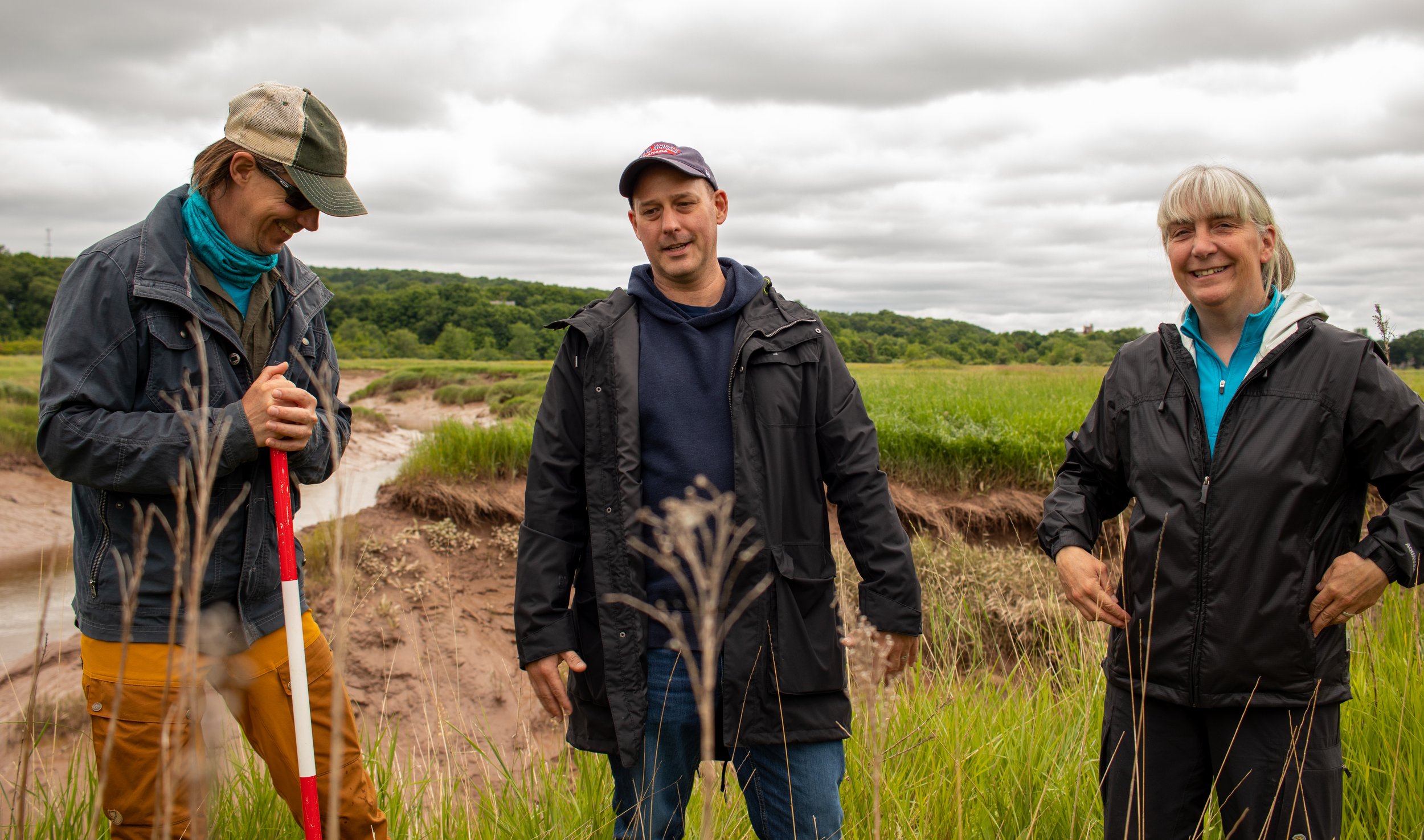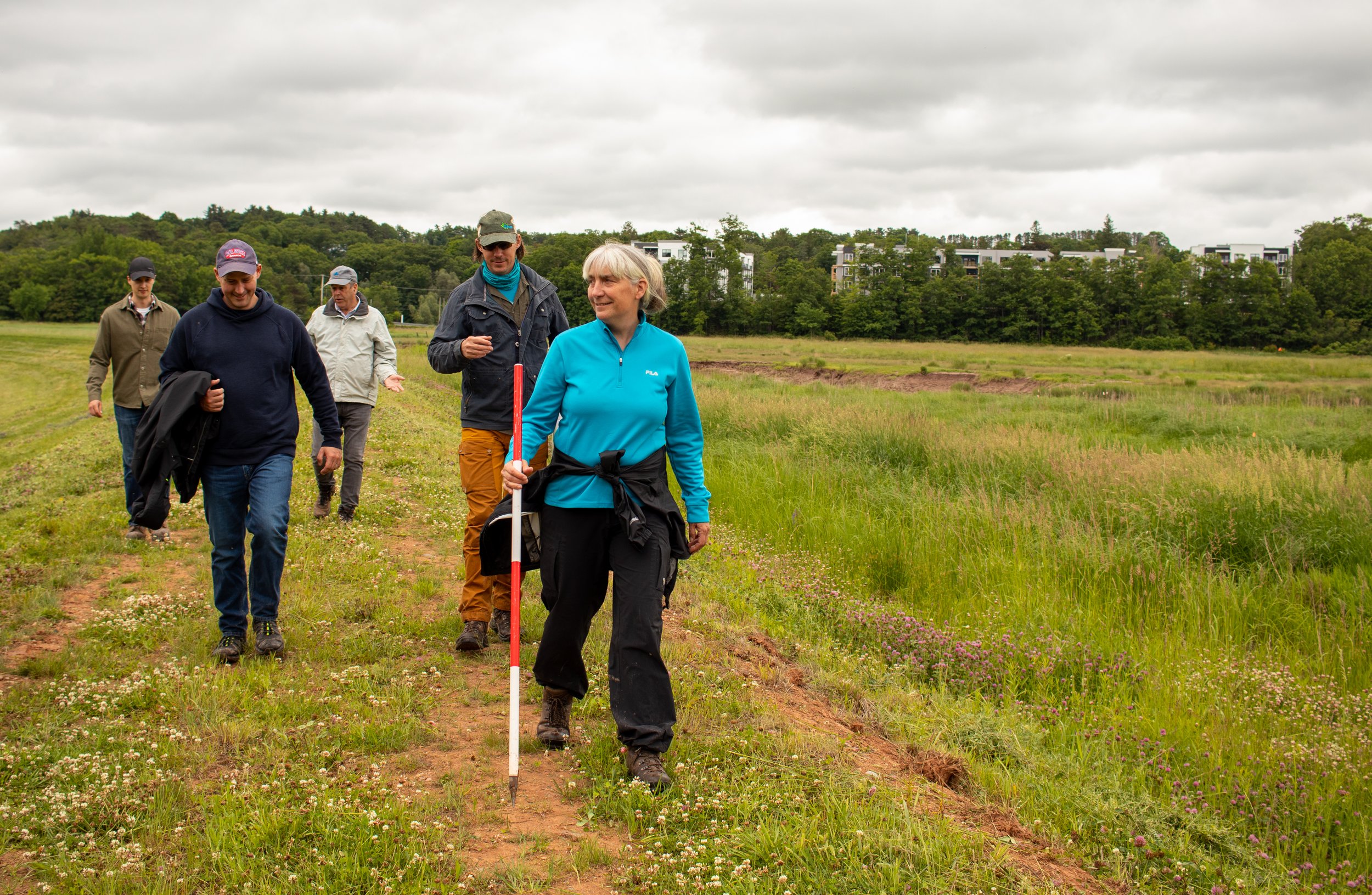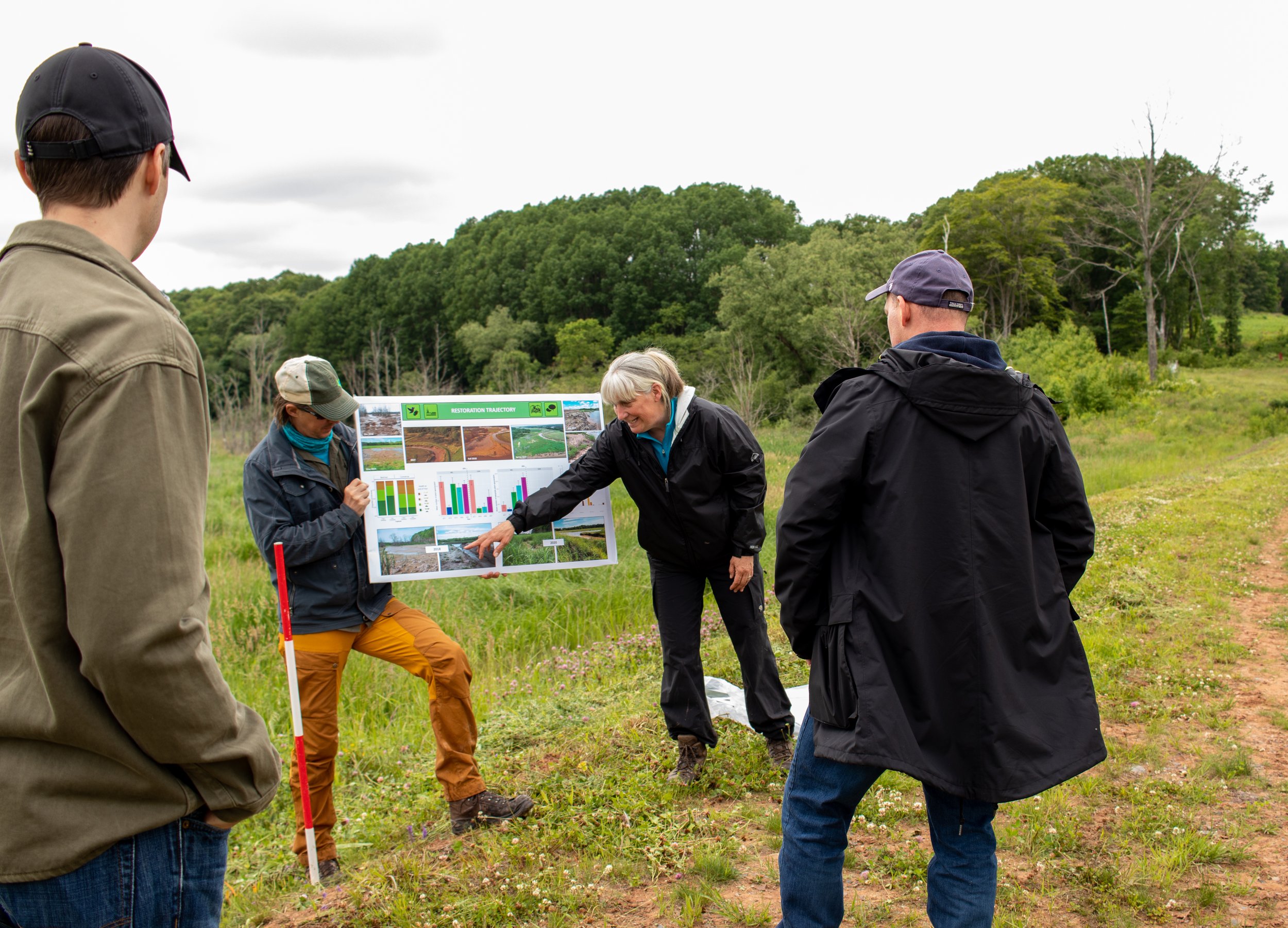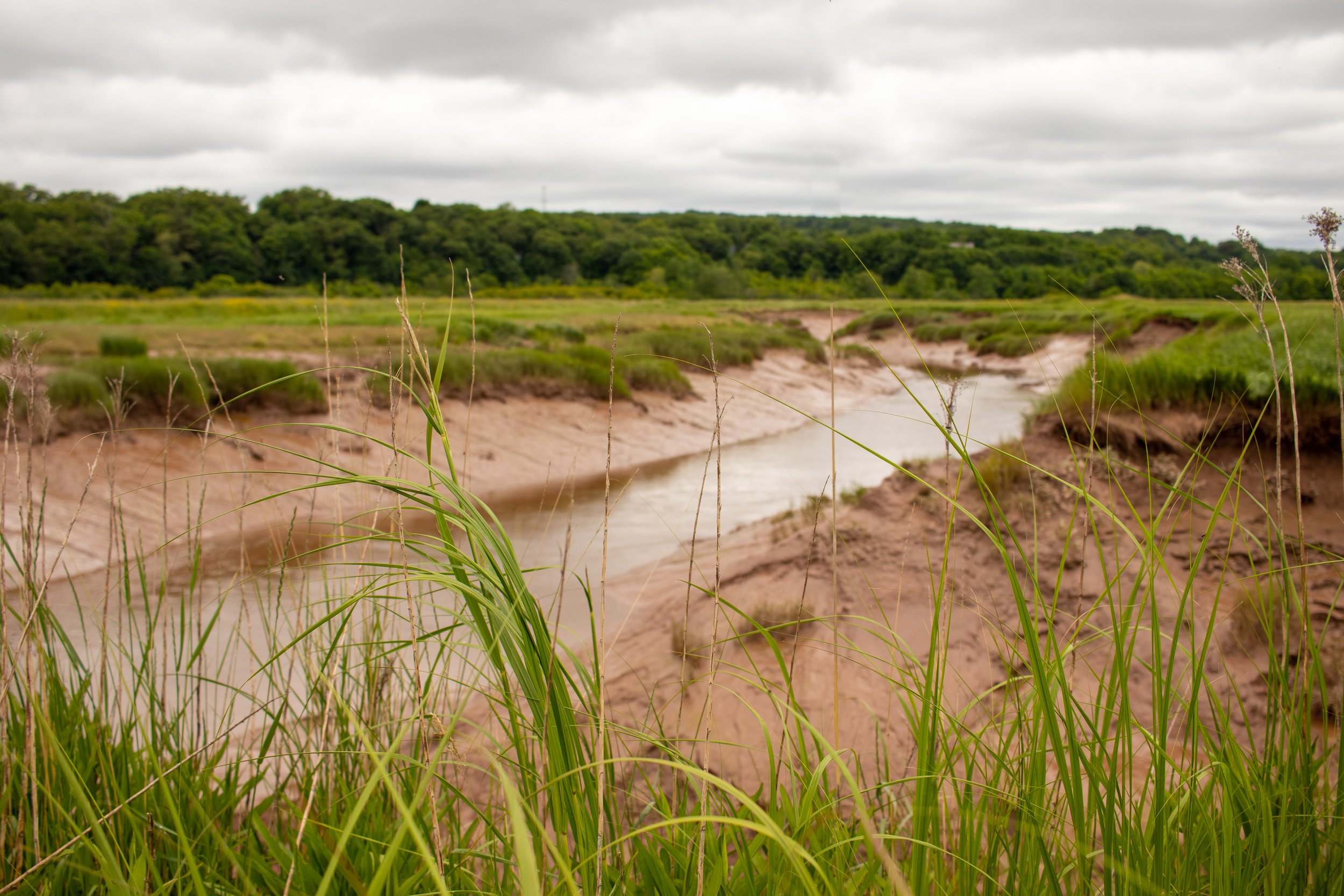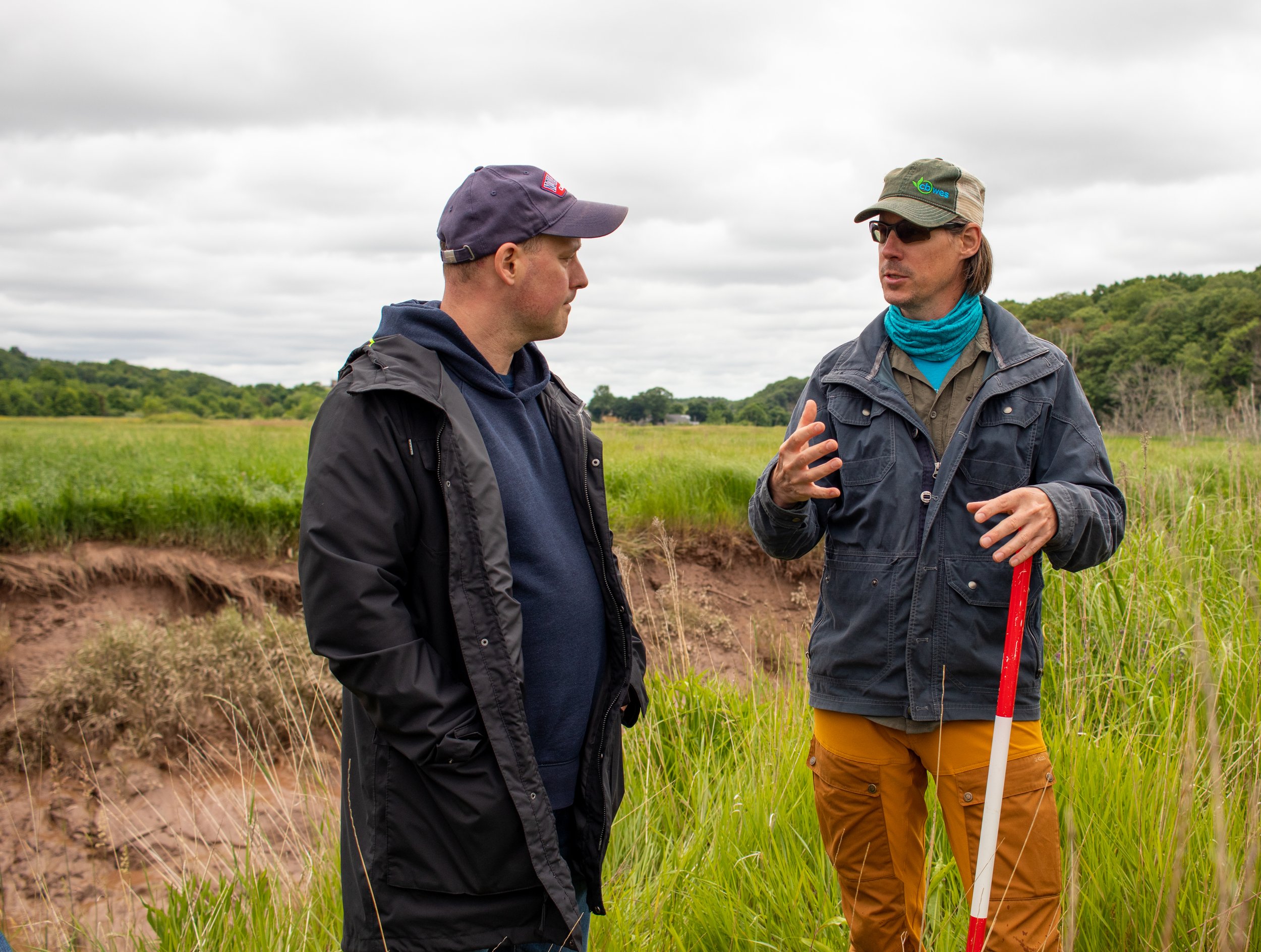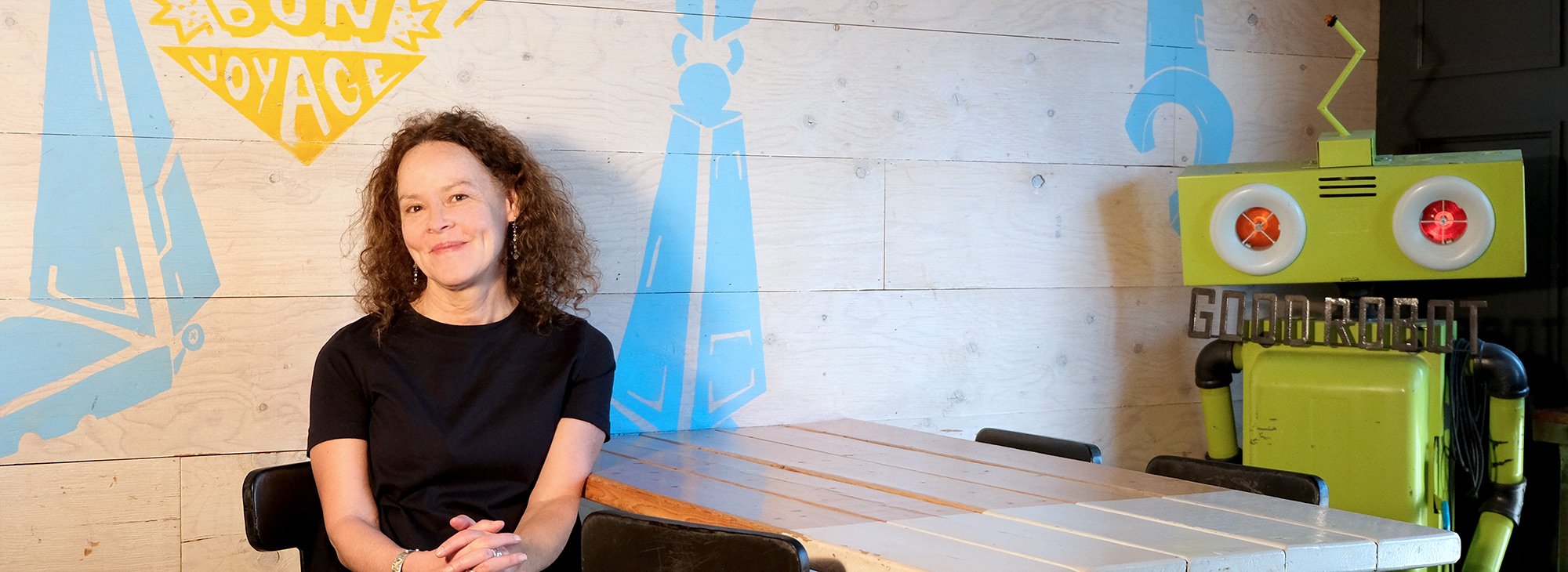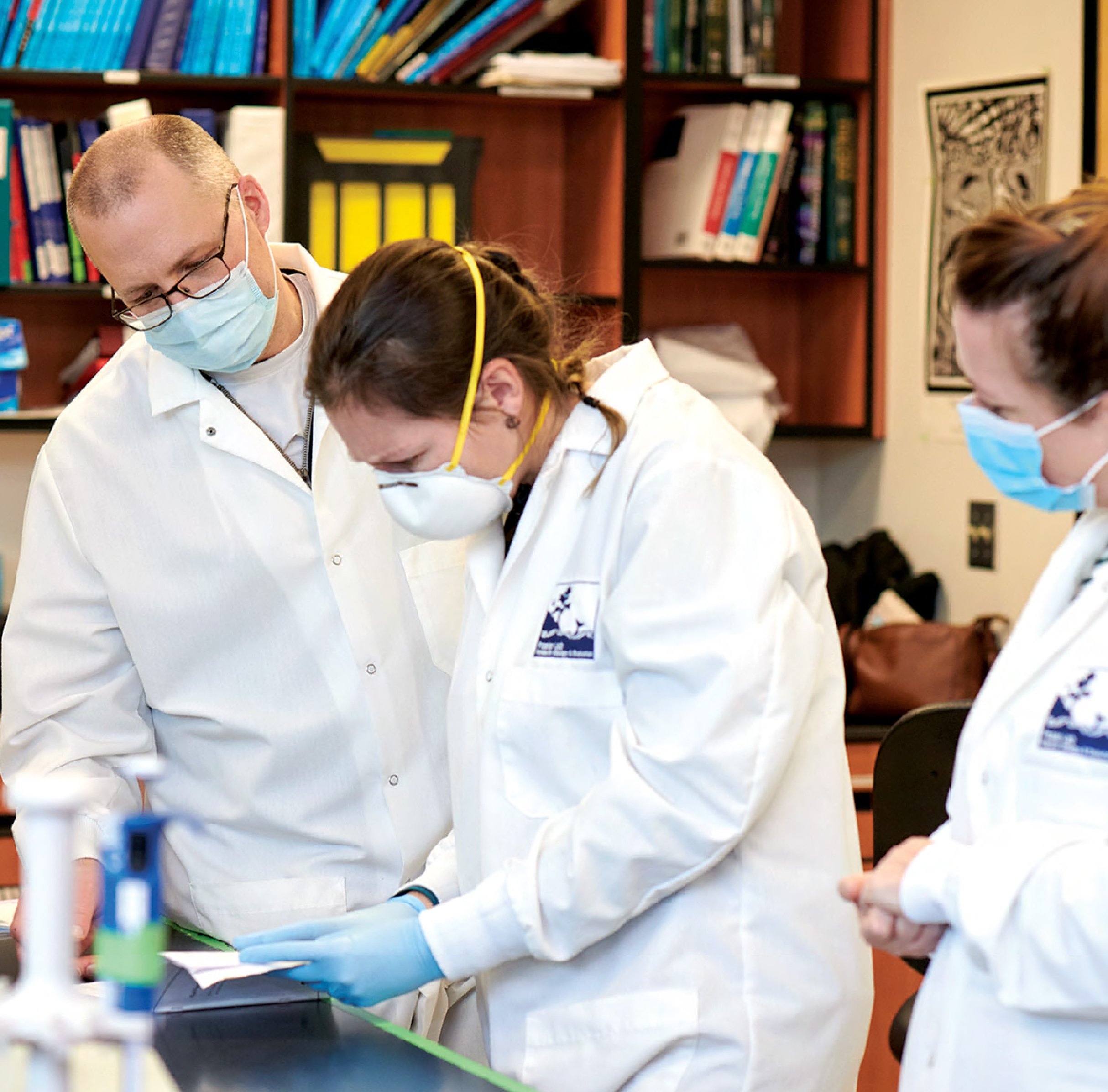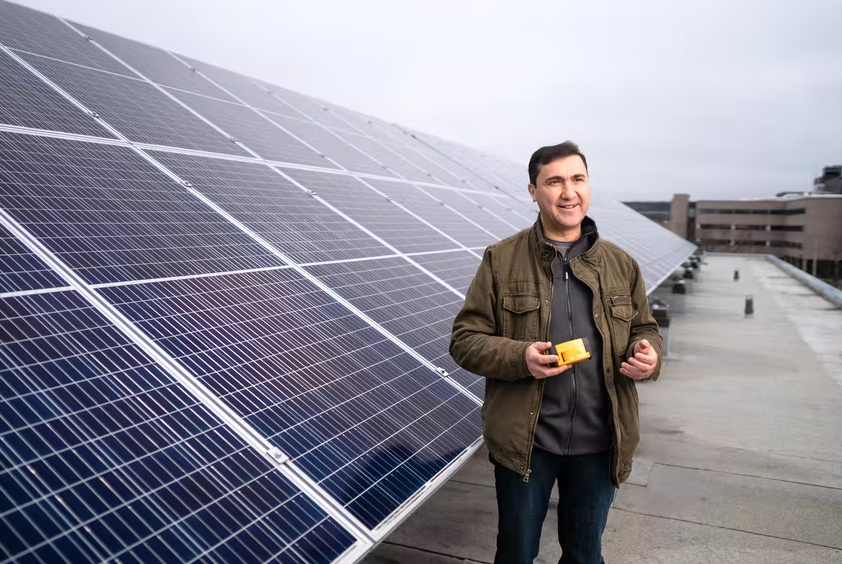Conducting research is integral to Saint Mary’s University, with untold amounts of time, effort, talent and resources dedicated to its pursuit by faculty and students. The creation and dissemination of knowledge are vitally important parts of the university’s mission and help to connect the university with the broader community. When it comes to partnership-based research, the Office of Innovation and Community Engagement (OICE) plays a key role.
“We facilitate relationships,” says Kevin Buchan, OICE’s Director.
The role of OICE is to liaise with groups outside of the University such as community groups, companies, and non-for-profits who are looking for targeted expertise for their organizations; OICE then puts these external partners in contact with faculty at the University who can help.
OICE is part of the larger Office of the Faculty of Graduate Studies and Research (FGSR), and works in close cooperation with the SMU-hosted Change Lab Action Research Initiative (CLARI) to foster community-engaged research
The benefits of these connections are multifaceted. External partners gain the expertise they need, researchers use their expertise to solve real-world problems, and students learn from this knowledge in the classroom, later applying these tangible examples in their own careers.
Along with facilitating these relationships between external partners and researchers, OICE also holds events that invite the wider community for a firsthand look at what goes on at the University.
“We have a big footprint in Halifax,” says Buchan. “People know we exist and that there’s research happening, but they don’t always know exactly what’s being done. That’s why the Research Expo is such an important event.”
The annual Research Expo is a showcase of the research happening at Saint Mary’s and the event features equal involvement from all faculties.
“Everybody is welcome at Research Expo,” Buchan explains. “This is an event for anybody and everybody who’s interested in the research that’s happening here at Saint Mary’s.”
Along with sharing their work with visitors and colleagues, select faculty present three-minute research pitches. This is a highlight of the event, giving a fascinating glimpse of the exciting new work happening across campus.
The intermingling of internal and external communities facilitates connections and collaborations. Community members attending Research Expo learn about research being done at the University, but also are able to mingle with and talk with researchers themselves.
For Buchan, the impromptu conversations and connections are what Research Expo is all about. “There’s a buzz about the room,” says Buchan. “People want to be there, learning together and collaborating. That’s what research communication is all about.”
For more information and a list of the presenters from this year’s Expo, click here.




